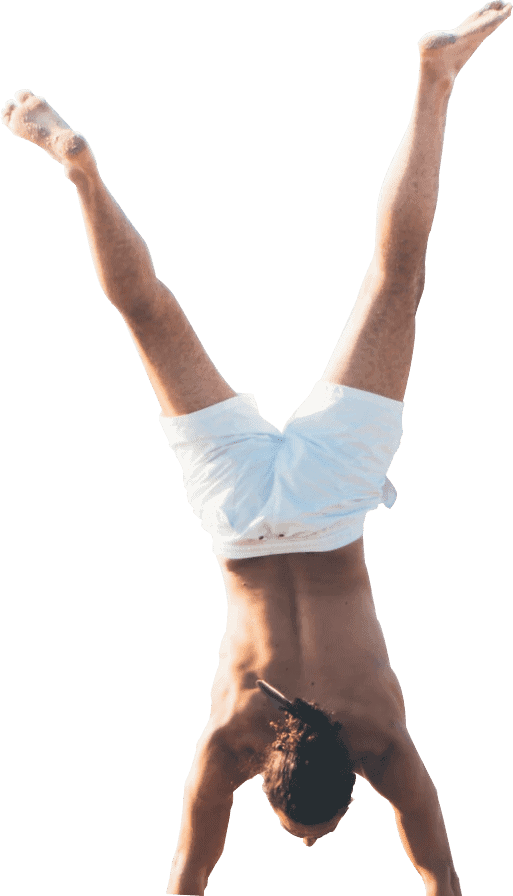Exercises for Runners
In a previous post about training for the 2015 Chevron City to Surf, we talked about the type of injuries that we see in our Life Ready Physio clinics that are aggravated by running. We talked about ‘running form’ playing a role and how to address that. We also mentioned how strength and stability of the core down to the foot can be a major factor in reducing injuries and pain.
Runners who lack adequate strength in key stabilising muscles will often have biomechanical faults in their running form. Key muscle groups to improve stability include the core, glutes, quads, hamstrings, ankle evertors and intrinsic foot muscles.
I believe the first and most important step before starting a strength training program involving functional exercise is to develop awareness and control of the foot and ankle. If you have not developed control of the ankle, exercises will be performed in an incorrect foot and ankle position, leading to little improvement.
Many runners come to see me and stand in a position similar to the ‘excessive pronation’ image (see below). They often have been told they have flat feet and need orthotics and stabilising shoes.
In my experience many people don’t have flat feet, just weak feet/ankles. The external forces only serve to weaken the foot and ankle further in these people.
A simple quick assessment I perform is to have the patient seated, with feet flat on floor, facing straight ahead, and then I look at the feet; if the feet are in a nice position with good arches then they don’t have flat feet. If the arch disappears when they stand up, it is due to the foot and ankle not being able to maintain position under load from weakness and poor awareness.
The first exercise I give to these people is to perform the Ankle Positioning exercise described below. It develops the awareness and strength required to hold the foot/ankle in the ideal position. Once that has been developed we progress to more difficult exercises while maintaining this correct alignment at the foot and ankle. Once they develop strength and stability in the lower body and core – as well as correcting any running technique faults – most runners reduce their pain and reduce risk of future injuries.
If you have any concerns medically regarding your suitability to perform this exercise consult your Life Ready physiotherapist before commencing.
Ankle Positioning – Standing in front of mirror so you can see your feet, tilt your ankles outward while keeping toes flat. Adjust foot so that it looks like photo labelled “Normal foot position”.
Each exercise should be performed in 3-4 sets with repetitions to exhaustion or loss of form ideally between 8-15 repetitions. It is best to perform this exercise barefoot to promote activation of foot and lower leg muscles. However if you’re unable to perform it barefoot at first, start in shoes and work towards being barefoot.
Once you have mastered this exercise it is time to seek a physiotherapist who understands movement patterns to retrain your strength and stability in your core and lower body further. You can find your nearest Life Ready Physio here
